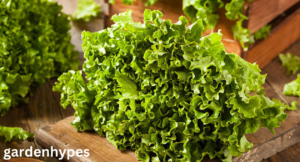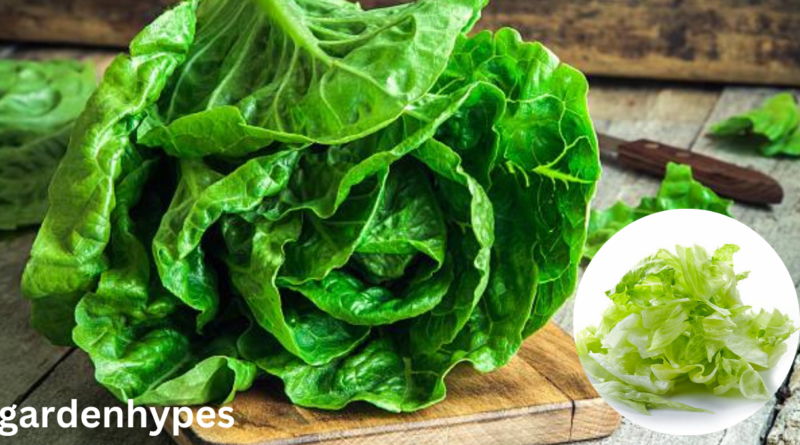Lettuce Shortage What’s Behind the Crisis and What It Means for You
There’s something strange happening in your salad bowl—lettuce shortage is disappearing. If you’ve been to the grocery store lately or dined out at your favorite restaurant, you might’ve noticed that lettuce isn’t just expensive—it’s sometimes completely missing. This isn’t just a local issue or a one-time event. We’re currently facing a full-blown lettuce shortage that’s sweeping across countries, impacting prices, availability, and even menus. But what’s really behind this leafy green crisis?
click in link cucumber shortage
In this article, we’re digging into the roots of the lettuce shortage—why it’s happening, what it means for your wallet, and how you can adapt. From climate change to logistical chaos, there’s a storm brewing in agriculture, and lettuce is just one of its many victims. Whether you’re a consumer, a business owner, or just someone who loves a good Caesar salad, this guide will help you make sense of the situation and prepare for what’s ahead.
Let’s break it down.
Understanding the Lettuce Crisis
What is the Lettuce Shortage?
So, what exactly do we mean by a “lettuce shortage”? Simply put, there’s not enough lettuce being produced to meet the usual demand. Whether it’s romaine, iceberg, or leaf lettuce, supplies have significantly dipped in recent months. Farmers are harvesting less. Distributors are moving fewer cases. And store shelves are either empty or lined with price tags that make you do a double take.
This isn’t just about people eating more salads—it’s a perfect storm of production issues, environmental problems, and economic shifts. Unlike seasonal fluctuations, this shortage feels different. It’s hitting hard, lasting longer, and stretching across borders.
And here’s the kicker: lettuce isn’t a luxury—it’s a staple. From fast food to fine dining, from tacos to sandwiches, lettuce plays a starring role in everyday meals. When it vanishes, the ripple effects are massive.
How Widespread is the Problem?
Think this is only happening in your city? Think again. The lettuce shortage is being reported in countries around the world, from the U.S. and Canada to parts of Europe and Australia. In the U.S., for example, major lettuce-producing regions like California’s Salinas Valley and Arizona have seen major disruptions. Australia recently experienced such an intense shortage that fast-food chains like KFC swapped lettuce for cabbage on their burgers.
In Europe, droughts and floods have made production inconsistent and unpredictable. Meanwhile, rising input costs and reduced labor availability have shrunk harvests across the board.
Even developing countries that rely on imports are feeling the pain, with prices skyrocketing due to shipping delays and global inflation. In other words, this isn’t a blip—it’s a crisis with global reach.
Causes Behind the Lettuce Shortage
Climate Change and Extreme Weather Events
Let’s not sugarcoat it—climate change is wreaking havoc on agriculture, and lettuce is no exception. Lettuce is a sensitive crop. It needs a specific climate, regular watering, and relatively cool temperatures to thrive. But in recent years, extreme weather has thrown those conditions out the window.
click in link cucumber shortage

In California, one of the biggest lettuce suppliers in the world, recurring droughts have dried out fields and forced farmers to cut back planting. On the flip side, heavy rains and unexpected frosts have damaged crops right before harvest.
In Australia and the UK, unusually wet seasons have made fields too muddy to plant or harvest. Meanwhile, in Spain, a heatwave scorched thousands of acres of lettuce fields. When you add up all these erratic weather patterns, it’s no wonder production can’t keep up with demand.
The scary part? This might just be the beginning. If temperatures keep rising and extreme events become more frequent, the future of leafy greens could be at serious risk.
Crop Diseases and Pest Infestations
Another major factor? Pests and diseases. When weather becomes unstable, it creates the perfect environment for pathogens and insects to flourish. In recent seasons, lettuce growers have been battling everything from aphids and mildew to soilborne viruses that wipe out entire fields.
One particularly nasty disease is Impatiens Necrotic Spot Virus (INSV), which devastated lettuce farms in California. This virus is spread by thrips—tiny insects that thrive in dry, warm weather. Once the virus hits, there’s no cure. Entire fields are often lost.
Farmers are using pesticides, rotating crops, and trying resistant varieties, but fighting nature is never easy. As conditions worsen, so do the outbreaks, further thinning an already tight supply chain.
Supply Chain Disruptions
Even when lettuce makes it out of the ground, that’s only half the battle. The next challenge is getting it to your plate—and the global supply chain isn’t doing anyone any favors. Pandemic-related disruptions, shipping delays, and increased fuel costs have all made transportation more difficult and expensive.
Think about it: lettuce is perishable. It needs to be transported quickly and carefully, or it spoils. When trucks are delayed, or shipping containers get stuck, losses mount. And unlike canned goods, lettuce can’t just sit in a warehouse waiting for better days.
In many regions, local production hasn’t been enough to cover shortfalls, so countries have had to rely on imports. But when global logistics grind to a halt, imports become unreliable. The result? Empty shelves and frustrated buyers.
Labor Shortages in Agriculture
The human element of farming is often overlooked, but it plays a massive role in food production. Lettuce farming is labor-intensive—from planting to harvesting to packing. And lately, there just haven’t been enough workers to get the job done.
click in link cucumber shortage

The reasons vary. Some workers left agriculture during the pandemic and didn’t return. Others have been priced out of farming due to rising living costs. In places like the U.S. and UK, immigration policy changes have made it harder to bring in seasonal laborers.
When there aren’t enough hands in the field, crops go unharvested. It’s as simple—and tragic—as that. The result? More waste, lower supply, and even higher prices for the produce that does make it to market.
faqs
1. Why is lettuce so expensive right now?
Lettuce prices have surged due to a combination of factors: climate change-induced droughts and floods, crop diseases like INSV, labor shortages, and global supply chain disruptions. These issues reduce supply while demand remains high, pushing prices up significantly.
2. Which countries are most affected by the lettuce shortage?
Countries heavily reliant on either lettuce production or imports are most affected. This includes the U.S., Australia, the UK, Canada, and parts of Europe. For instance, Australia faced such severe shortages that fast-food chains replaced lettuce with cabbage.
3. What types of lettuce are hardest to find?
Romaine and iceberg lettuce are most commonly affected, especially in regions like California’s Salinas Valley, where these varieties are widely grown. Leaf lettuces are also seeing lower availability, though some local or hydroponic varieties may still be accessible.
4. Can I grow lettuce at home to avoid shortages?
Absolutely! Lettuce is relatively easy to grow at home in containers or small garden beds. Varieties like loose-leaf, butterhead, and romaine do well in home environments, especially in cooler seasons. Growing your own can help reduce reliance on fluctuating store supplies.
5. What are good substitutes for lettuce during the shortage?
If you can’t find lettuce, try alternatives like spinach, kale, arugula, cabbage, or collard greens. These leafy vegetables offer different flavors and nutritional benefits, making them great swaps in salads, sandwiches, and wraps.
